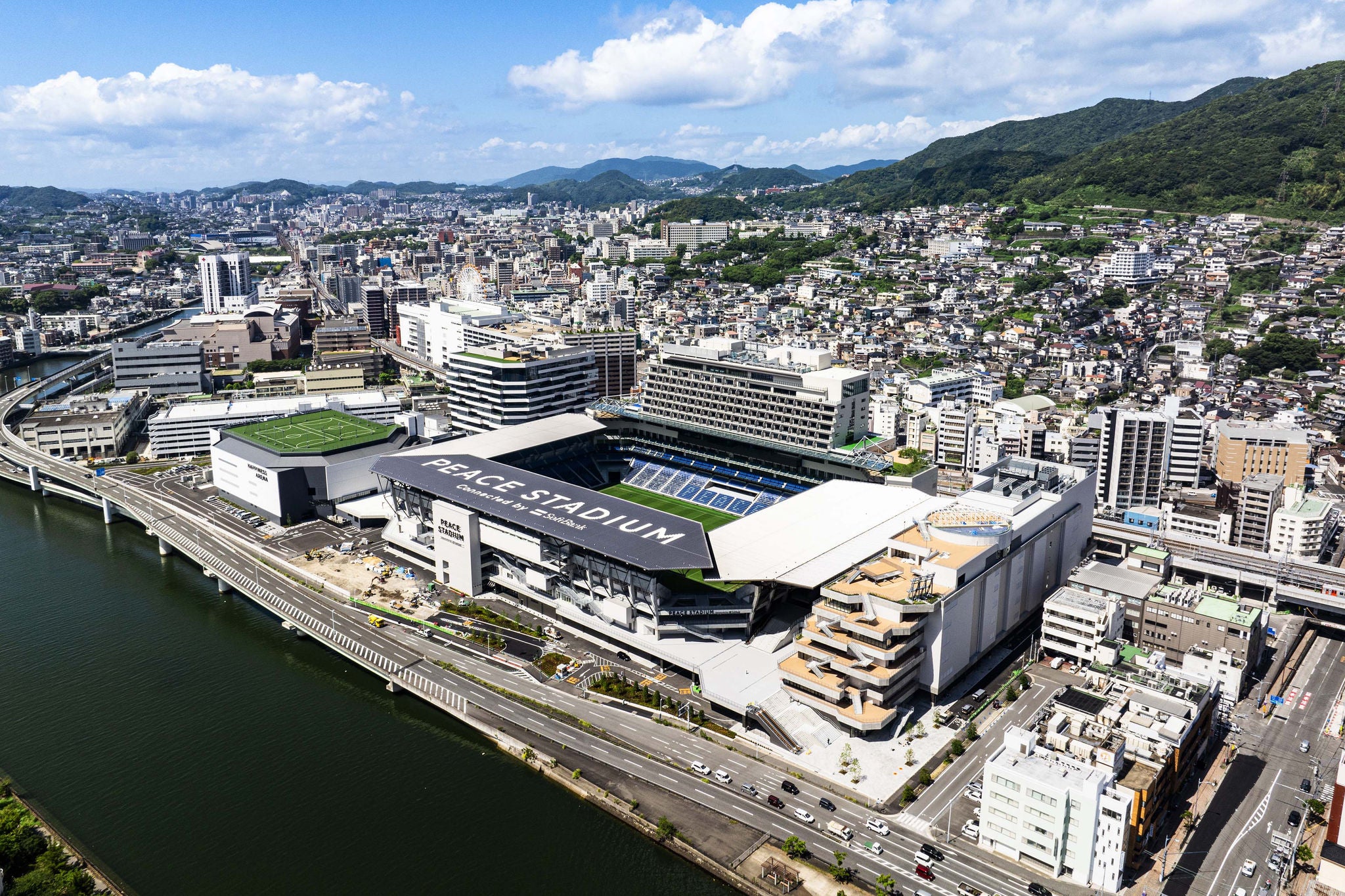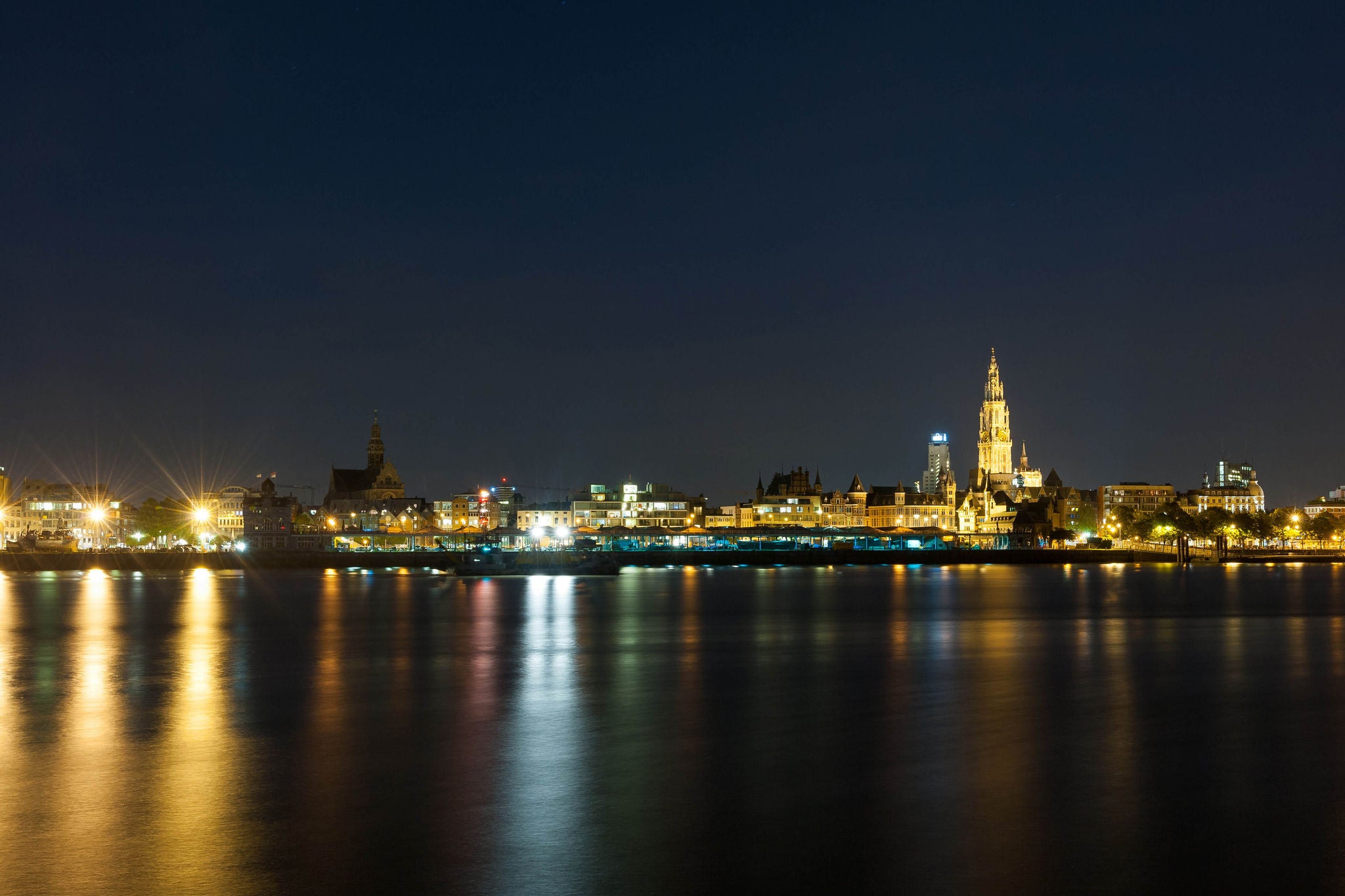EY refers to the Global organization, and may refer to one or more, of the member firms of Ernst & Young Global Limited, each of which is a separate legal entity. Ernst & Young Global Limited, a UK company limited by guarantee, does not provide services to clients.
Featured insights

Megatrends 2026 and beyond
EY’s Futures Reimagined framework helps leaders navigate the NAVI era’s megatrends for resilience and growth. Discover how.

How can tax and finance leaders build agile functions that thrive?
Tax and finance functions need to create agility and facilitate continuous transformation to deal with constant disruption and leverage AI.
Explore insights and services for your C-suite role
We know the imperatives of transformation and sustainable growth place varying demands on leaders across the C-suite, so we’ve curated our most actionable insights and relevant services for each leadership role.
Direct to your inbox
Stay up to date with our Editor's Picks newsletter.
















